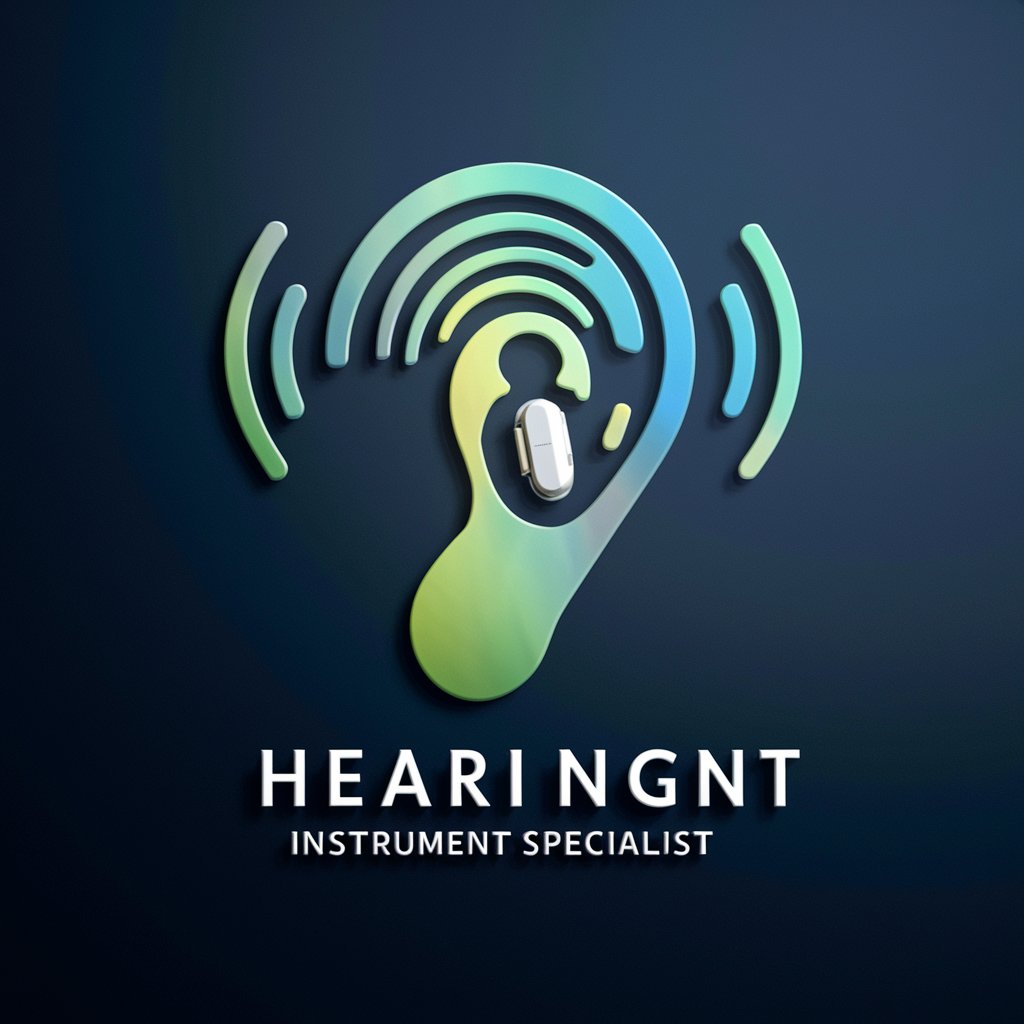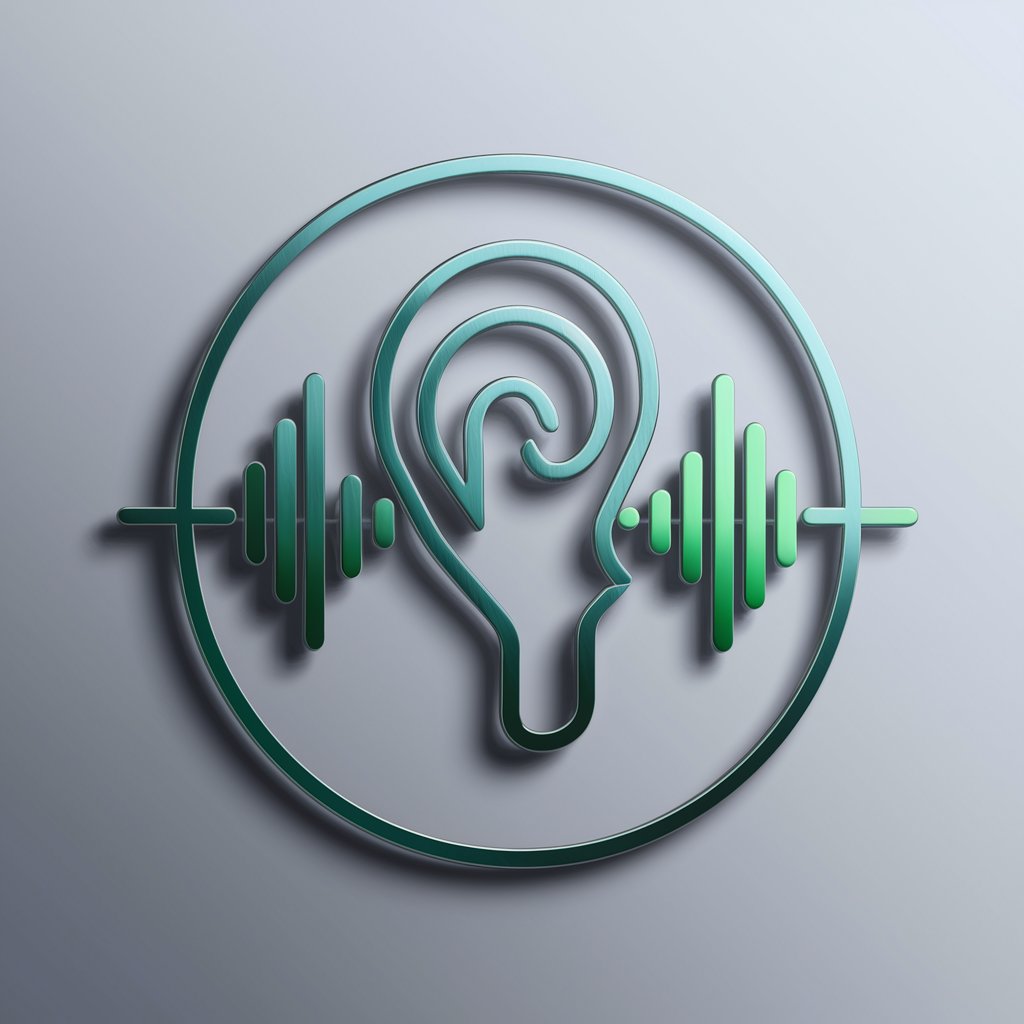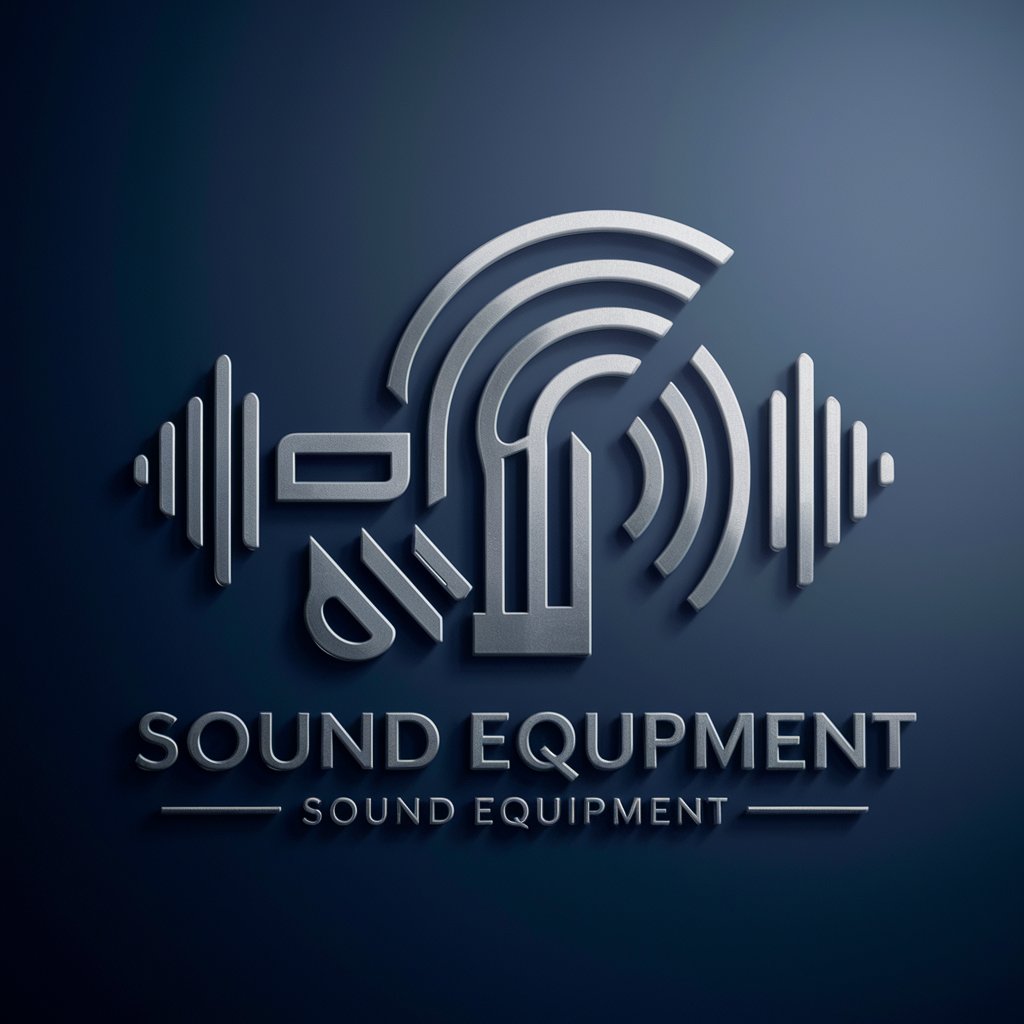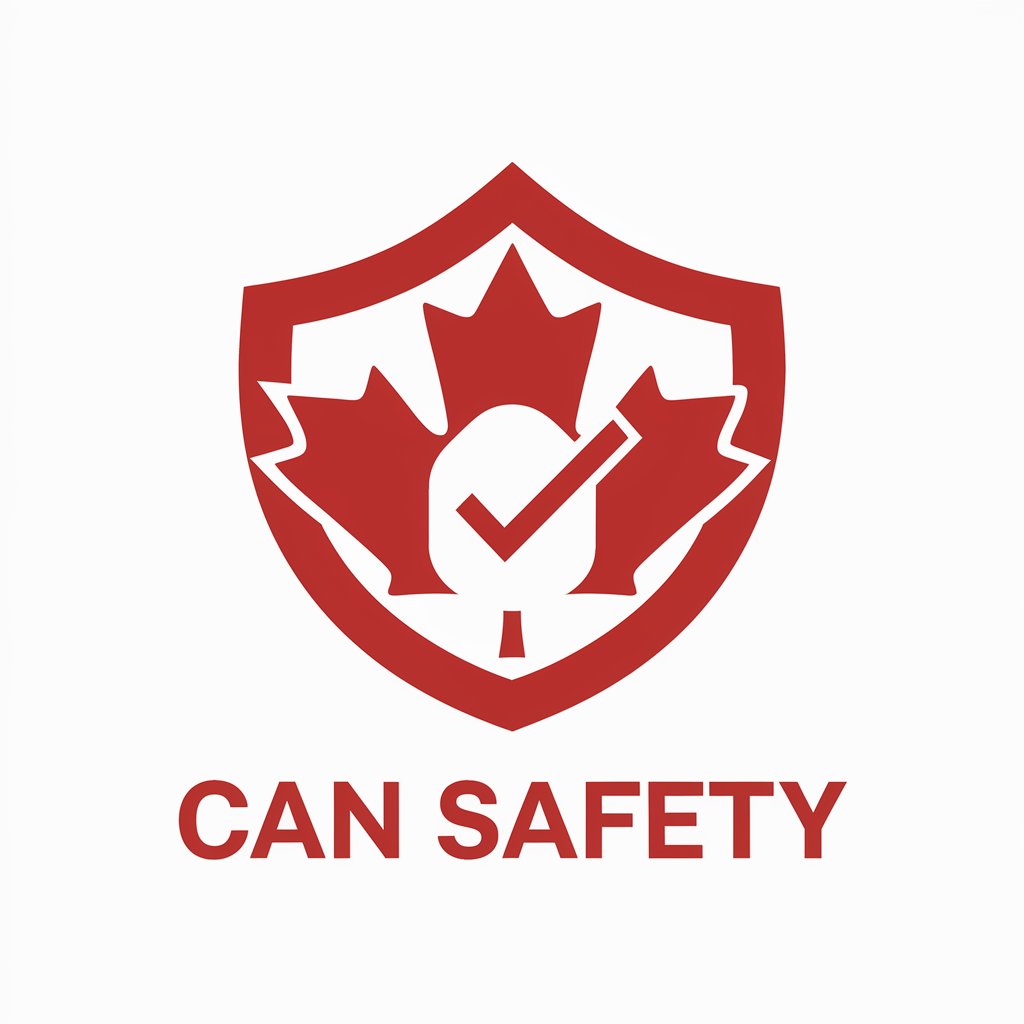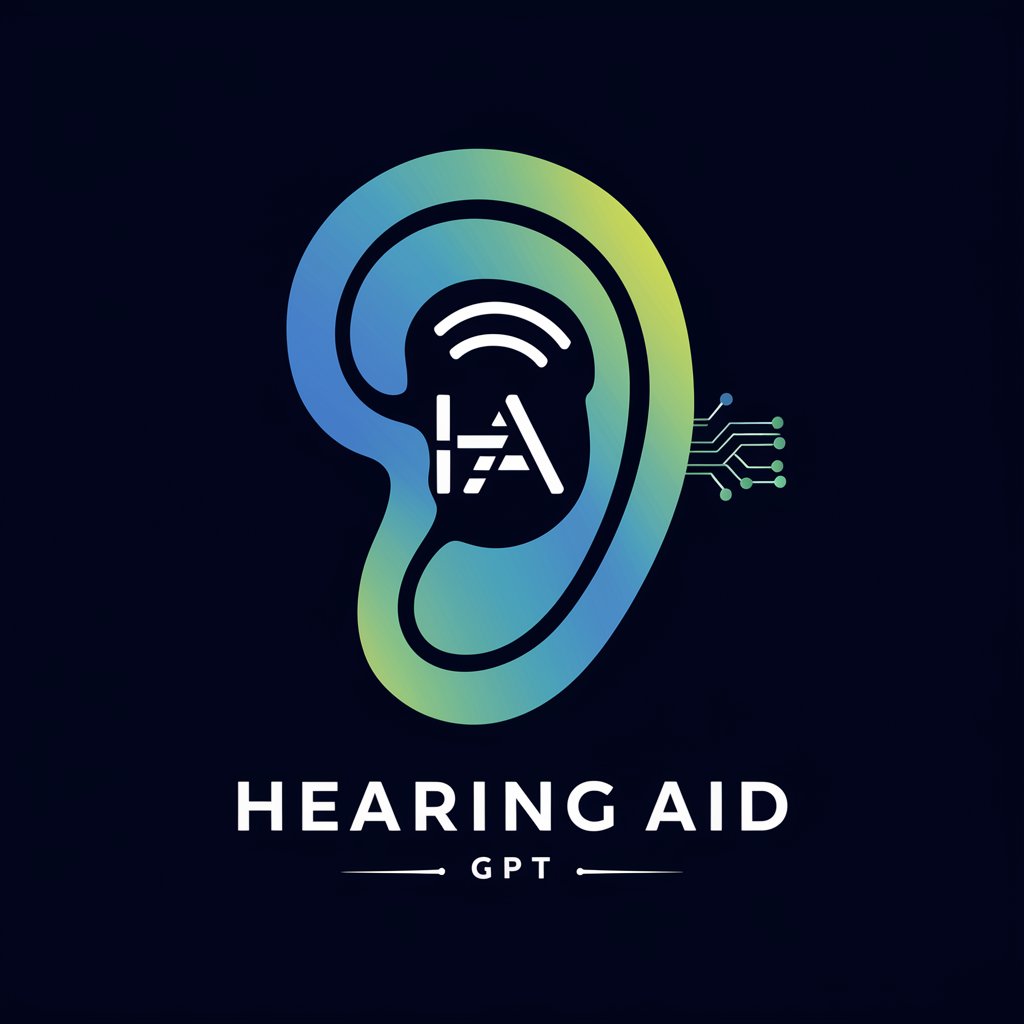
Noise-Induced Hearing Loss Prevention - AI-Powered Hearing Protection
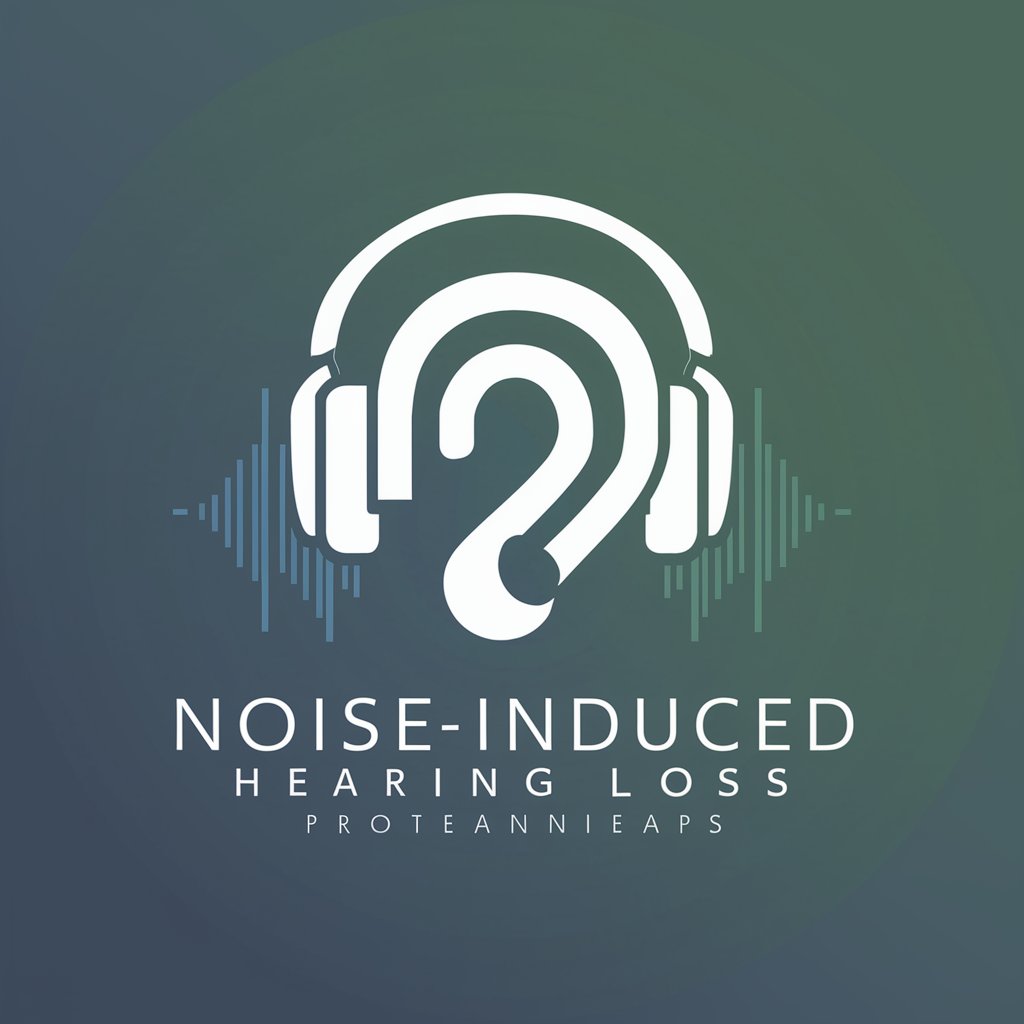
Welcome! Let's explore how to protect your hearing from noise-induced damage.
Safeguard Your Hearing with AI
How can I protect my hearing in noisy work environments?
What are the early signs of noise-induced hearing loss?
Can you provide tips for safe headphone use?
What are the best ear protection options for musicians?
Get Embed Code
Understanding Noise-Induced Hearing Loss Prevention
Noise-Induced Hearing Loss (NIHL) Prevention focuses on strategies to mitigate the risk of hearing damage from prolonged exposure to high levels of noise. This is crucial in various environments where noise exceeds safe levels, such as in industrial settings, entertainment venues, or during certain recreational activities. The purpose of NIHL Prevention is to educate and provide practical solutions to individuals and organizations to protect their hearing health. An example scenario includes a factory where workers are exposed to machinery noise above 85 decibels (dB). In this case, implementing a hearing conservation program, which includes regular hearing tests, providing appropriate hearing protection devices, and training for workers on how to use them effectively, can significantly reduce the risk of hearing loss. Powered by ChatGPT-4o。

Core Functions of Noise-Induced Hearing Loss Prevention
Educational Programs
Example
Workshops for employees on the importance of hearing protection
Scenario
In a manufacturing plant, an educational workshop might be held to teach employees about the risks associated with noise exposure, demonstrating how to correctly use earmuffs and earplugs.
Hearing Conservation Programs
Example
Regular audiometric testing and personalized hearing protection plans
Scenario
A construction company implements a hearing conservation program where noise levels are regularly monitored and workers undergo annual hearing tests to track any changes in their hearing capabilities.
Consultancy Services
Example
Advising businesses on noise reduction strategies
Scenario
A consultant may visit a nightclub to assess noise levels and recommend installation of sound-absorbing materials and optimal speaker placement to reduce overall noise exposure for staff and patrons.
Target User Groups for Noise-Induced Hearing Loss Prevention
Industrial Workers
Individuals working in environments like factories, construction sites, and mines where they are regularly exposed to high decibel levels. These workers benefit from NIHL services to prevent long-term hearing damage.
Entertainment Industry Professionals
Musicians, concert venue staff, and nightclub workers who are exposed to loud music frequently. Implementing hearing conservation strategies helps them maintain their auditory health while continuing their professional activities.
Recreational Noise Exposers
Individuals engaged in high-noise activities like shooting sports, motorsports, and attending loud public events. These users can benefit from education on personal hearing protection devices and strategies to minimize hearing risk during these activities.

Guidelines for Using Noise-Induced Hearing Loss Prevention
Start your experience
Visit yeschat.ai to access a free trial without requiring login or a ChatGPT Plus subscription.
Identify noise risks
Evaluate your daily environments to identify sources of potentially harmful noise, such as workplaces, recreational activities, or home appliances.
Utilize protective measures
Use the tool to find personalized recommendations for hearing protection devices and strategies specific to your noise exposure situations.
Engage with educational content
Explore the educational modules designed to teach the principles of hearing health, including how to monitor and manage your exposure to noise.
Track progress
Regularly use the tool to assess changes in your hearing health and adjust your protection strategies accordingly to ensure ongoing effectiveness.
Try other advanced and practical GPTs
Comedy Storyteller
Bringing Stories to Life with AI-Driven Humor

Comedy Creator
Unleash laughter with AI-powered humor.

Comedy Central
Bringing AI-powered laughs to every conversation

Comedy Dude
Bringing AI-powered laughter to life
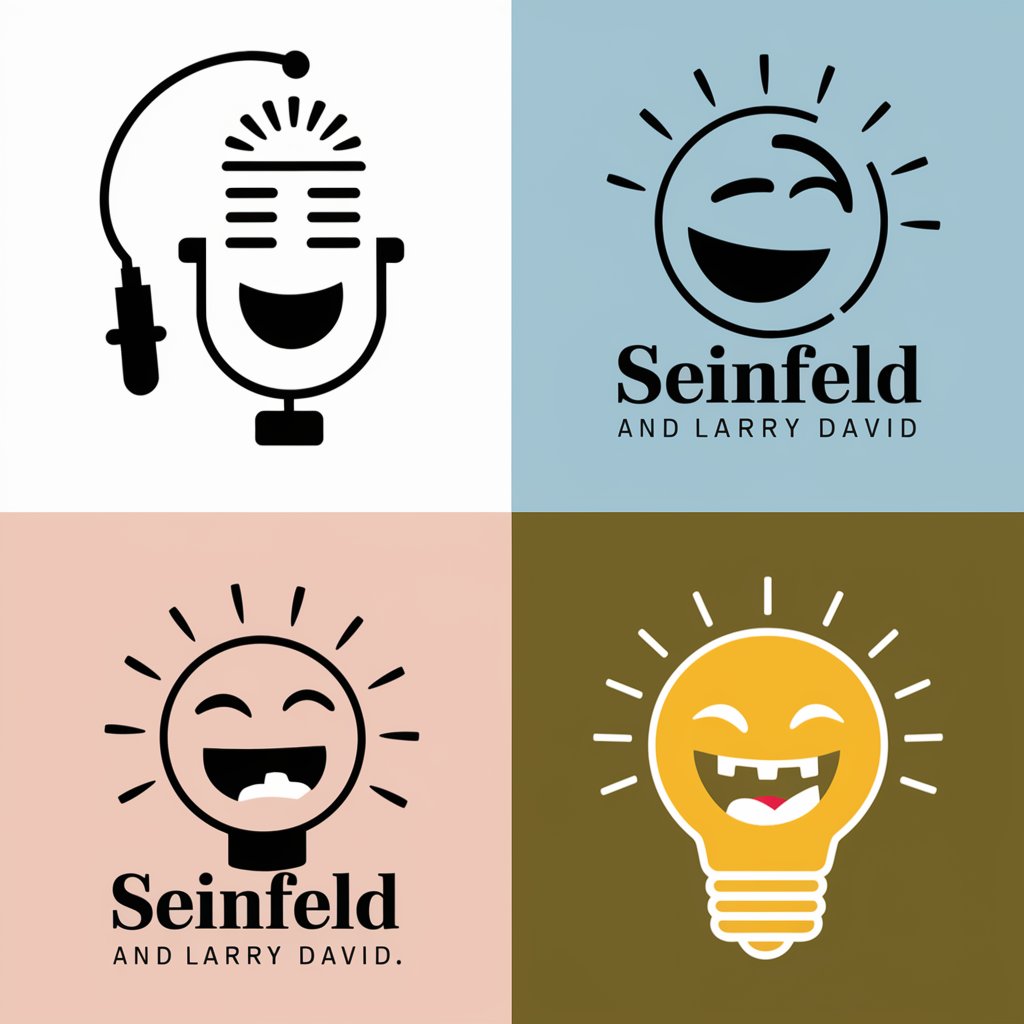
Comedy Sensei
Craft, refine, and deliver captivating comedy with AI.
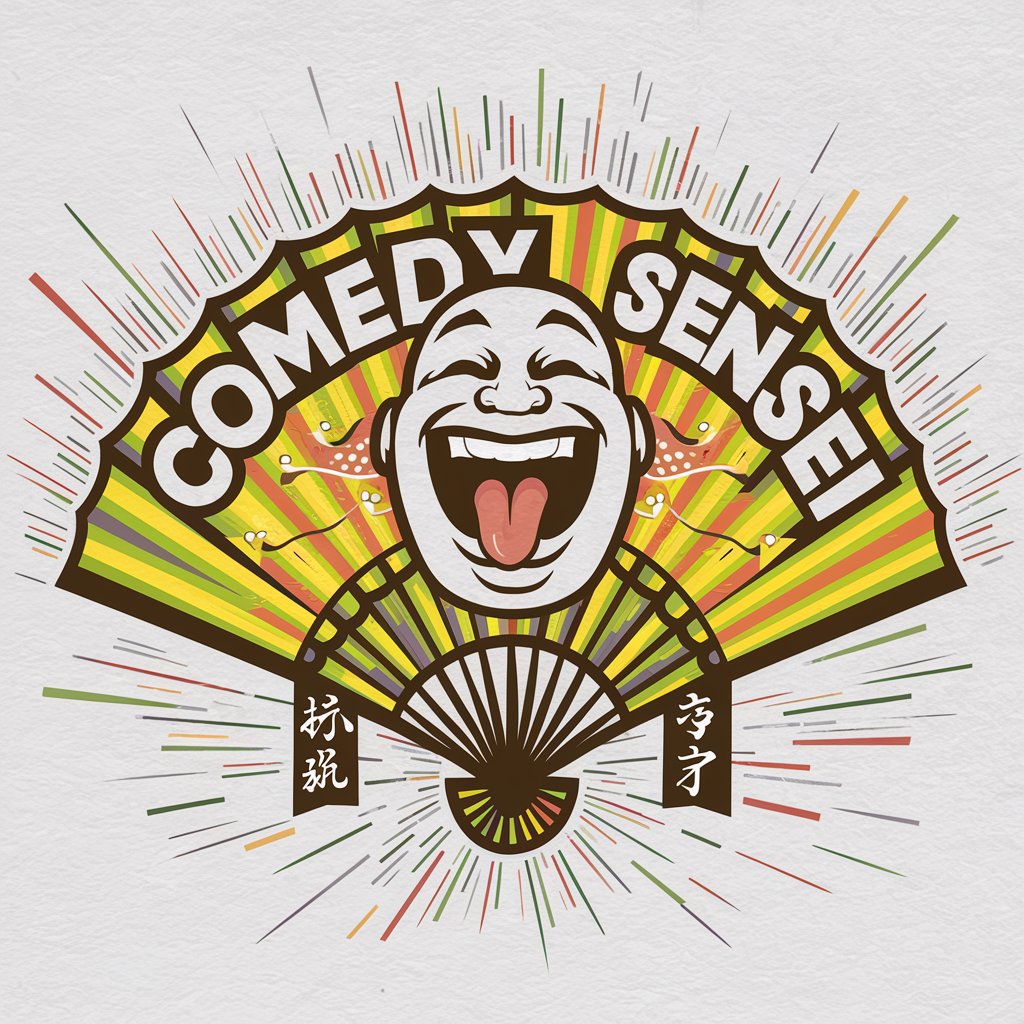
Comedy GPT
Reviving 80s-90s humor with AI.
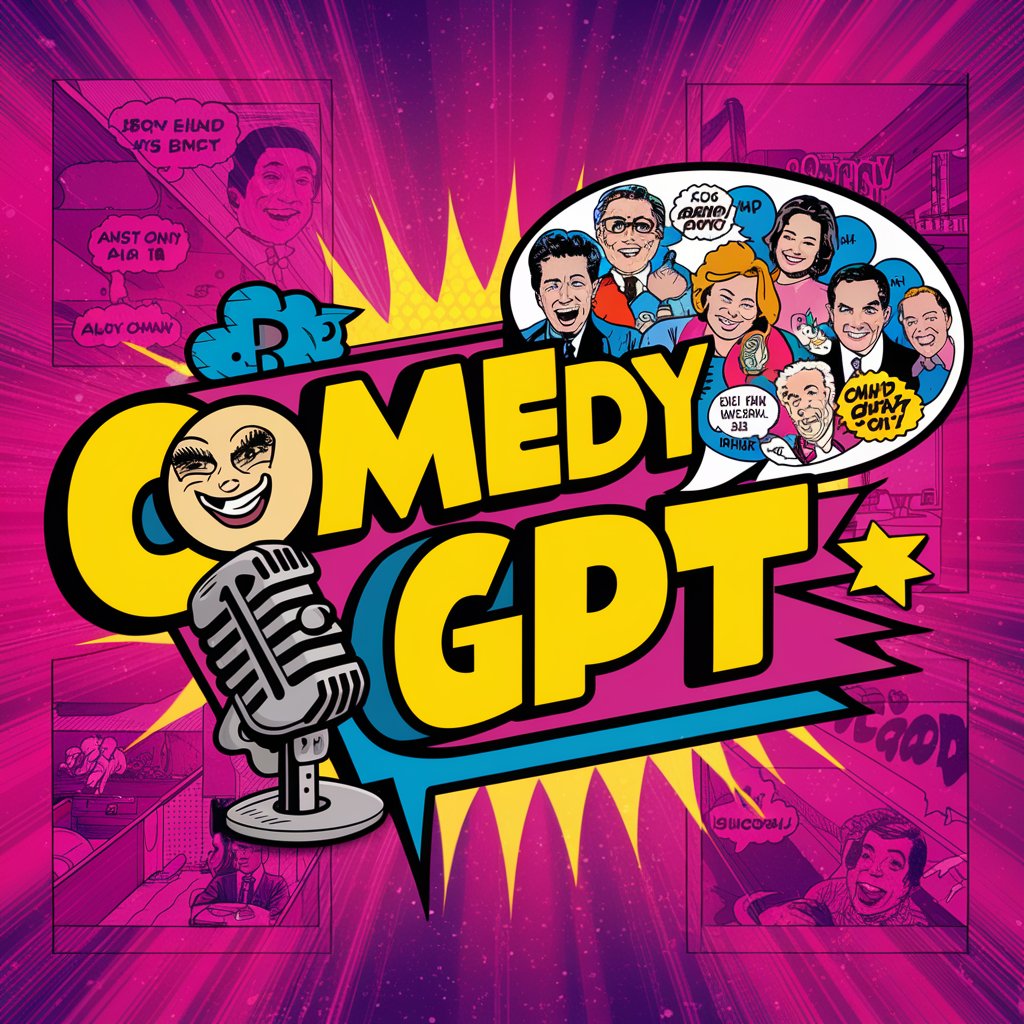
Law Judge, Adjudicator, Hearing Officer Assistant
Empowering Legal Decisions with AI
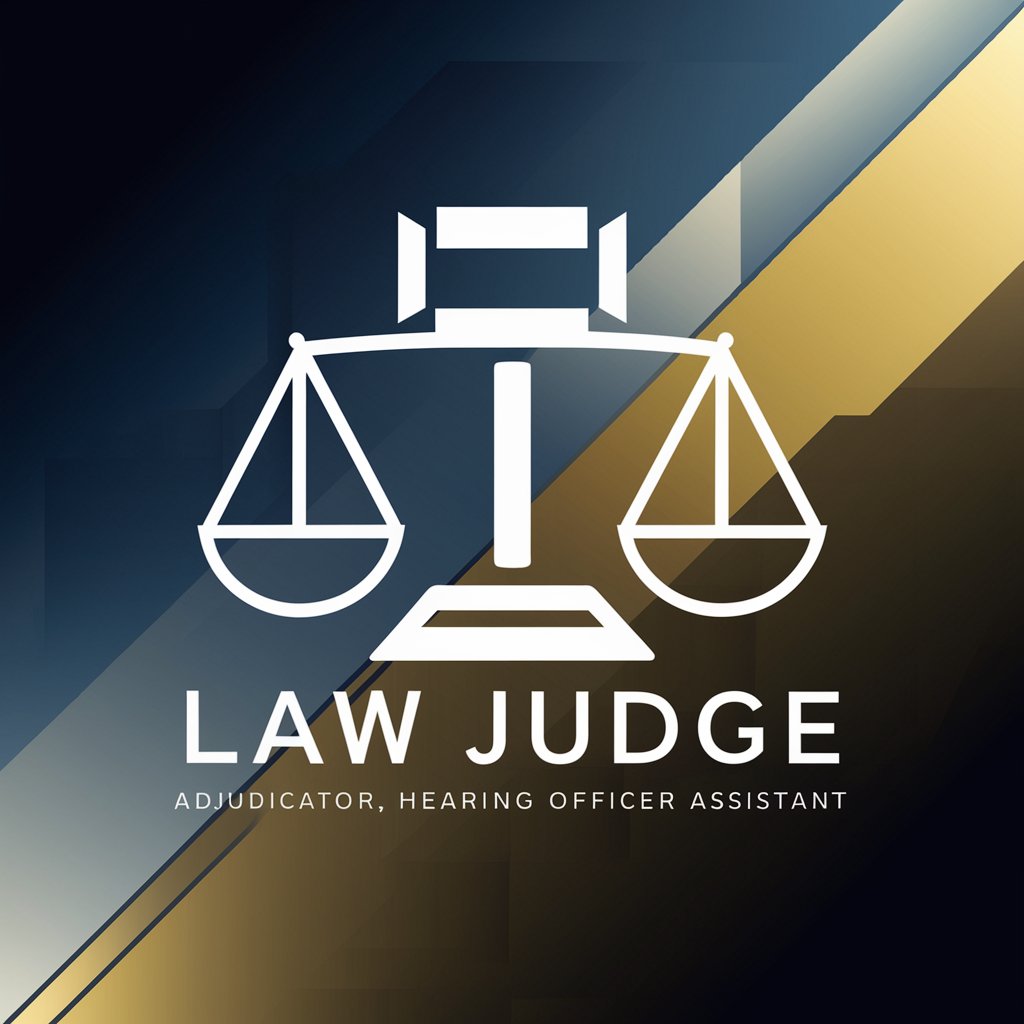
Healing Hub
Empowering wellness with AI
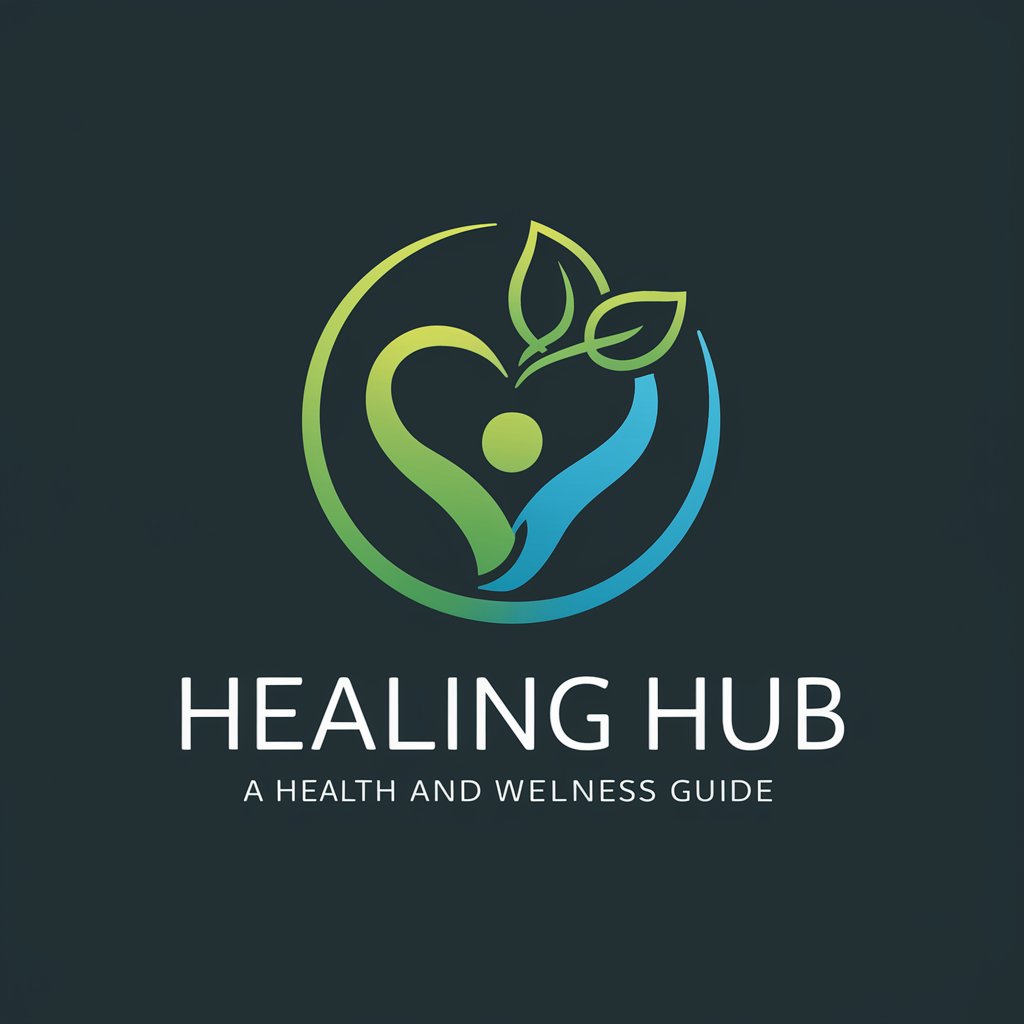
Liberation Healing
Empower Your Healing Journey with AI
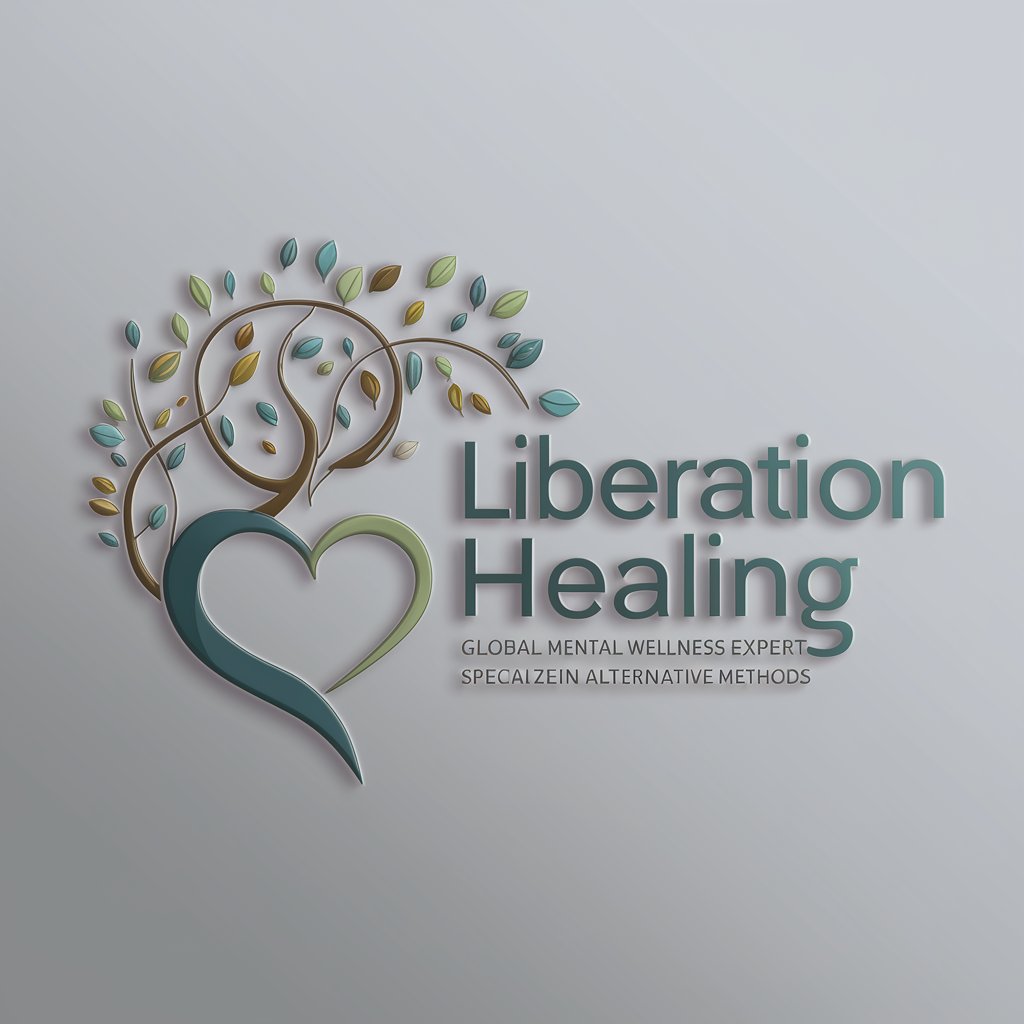
Hearing Health Guidian
Empowering your hearing health journey with AI.

Hearing Aid Specialists Assistant
AI-Powered Hearing Aid Solutions at Your Fingertips
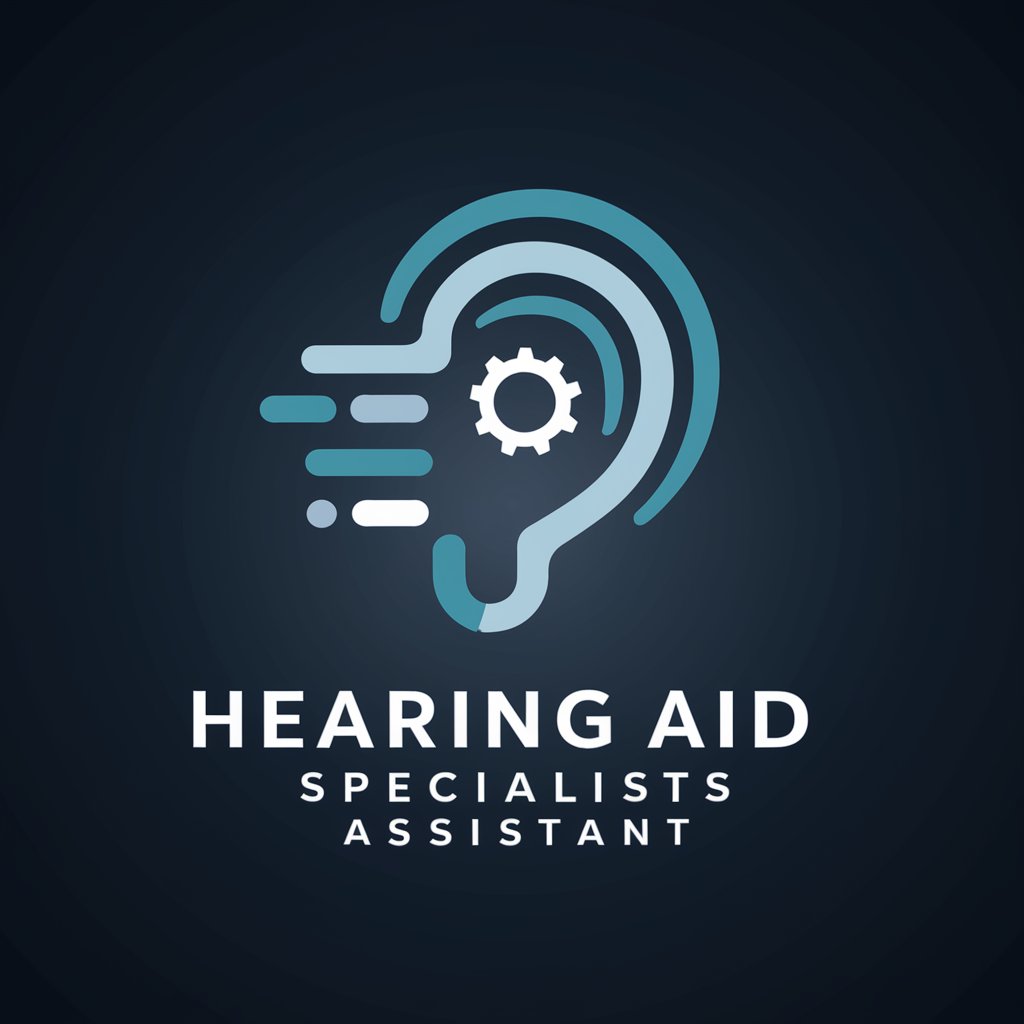
Shelter Care Hearing Prepping Assistant
Streamlining Shelter Care Hearings with AI

Frequently Asked Questions about Noise-Induced Hearing Loss Prevention
What types of noise are most harmful to hearing?
Consistent exposure to noise above 85 decibels, such as from heavy machinery, music at high volumes, and construction noise, can lead to hearing loss.
How can I tell if my workplace is too loud?
Use a sound level meter to measure the noise. Any reading over 85 decibels is considered harmful with prolonged exposure. Implementing regular sound monitoring is advisable.
What are the best hearing protection devices?
Earplugs and earmuffs are effective, depending on the noise level and duration of exposure. Custom-fitted devices offer the best protection and comfort.
Can hearing loss be reversed?
Noise-induced hearing loss is permanent but preventable. Early detection and consistent use of hearing protection are key to preventing further damage.
How often should I check my hearing?
It is recommended to have a hearing test at least once every two years, or more frequently if you are regularly exposed to high noise levels.
